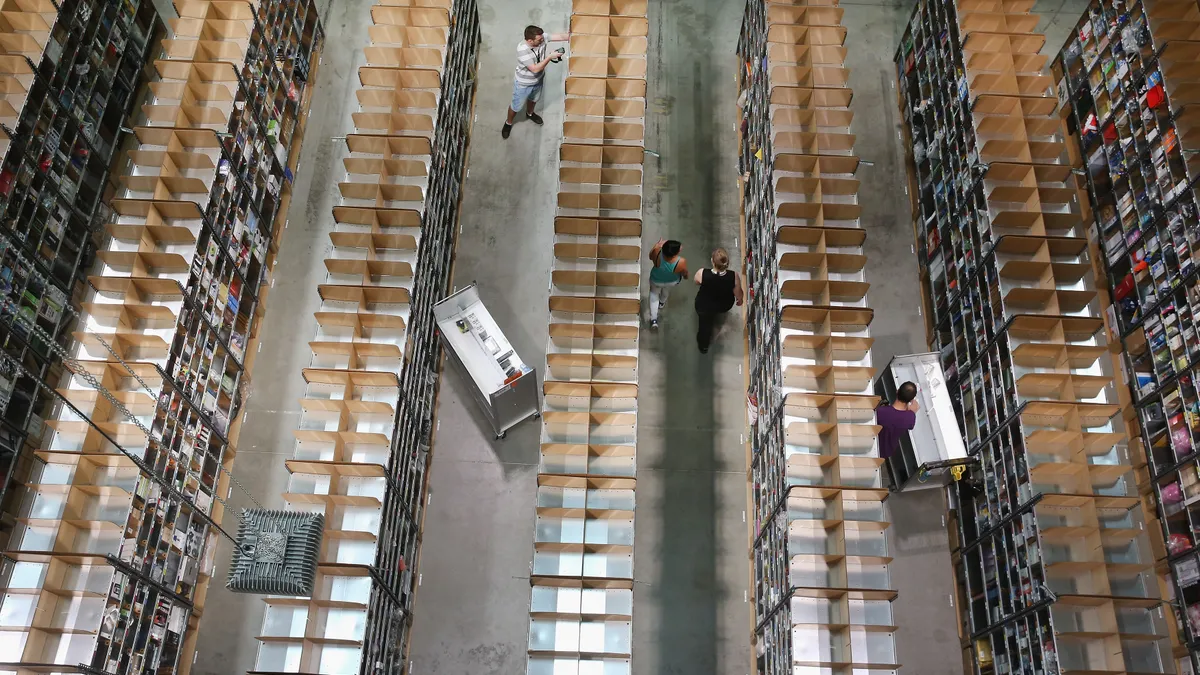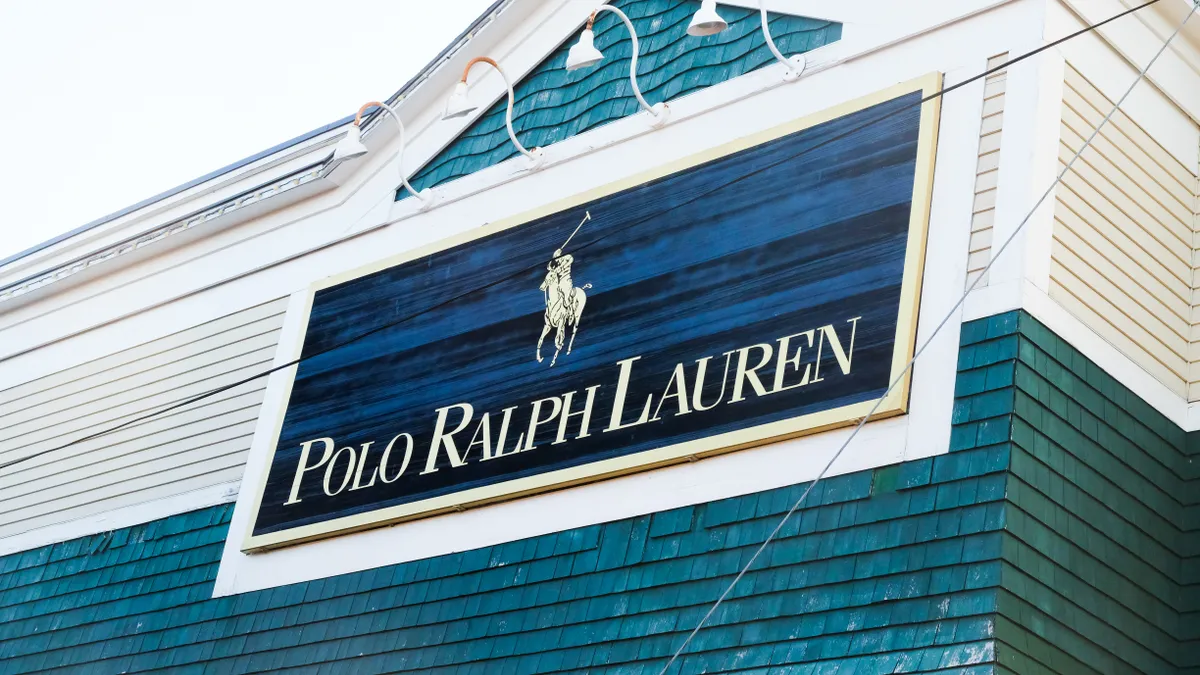Amazon doubled down on its commitment to expand its logistics and fulfillment network on its latest earnings call.
The e-commerce giant is focused "squarely on adding capacity to meet the current high customer demand," Director of Investor Relations Dave Fildes said Thursday.
A lot of Amazon's planned capacity will open in the second half of the year. But this is far from the start of its build. In fact, Amazon's effort to develop an insourced supply chain extends back years with efforts to build out its fleet, develop air infrastructure and get closer to consumers.
In 2020, the e-commerce retailer really upped its spending as it works to stand up more delivery stations and fulfillment centers.
Amazon CFO Brian Olsavsky has been providing updates about the process over the course of the last couple of years, saying the investment is important in helping the company realize its one-day delivery ambitions.
"Most of our one-day costs are really what we've done to our logistics networks to allow for one-day shipping," Olsavsky said last year. "Things like putting inventory closer to the customer, things like building up our [logistics] network and delivery network and also having multiple pull times and shipping windows during the day."
A review of capital expenditure data by UBS shows just how extraordinary the investment has been. In 2020, Amazon's capital expenditures were more than three times greater than those of Walmart.
Amazon's investment outpaces other retailers
"They're trying to become a national retailer that can provide same-day or next-day service to the entire population in the country," said Marc Wulfraat, the president and founder of MWPVL, a supply chain consulting firm. "That's what they ultimately like to be."
Amazon's one-day delivery percentage dropped during the pandemic and resulting e-commerce surge, Olsavsky said on the Thursday call with investors.
"While it's improving, it still hasn't reached the pre-pandemic level," Olsavsky said regarding one-day delivery. "So we have a lot of growth to do there."
Scale of Amazon's investment grows in 2020
Growth has been Amazon's story for several years. In 2020, it picked up the pace, and capital expenditures grew to more than 9% of sales.
"This has been a big year for capital investments," Olsavsky said in October. "About half of this square footage growth will be on the transportation side to be opening more sort centers and delivery stations."
And as Amazon adds sort centers and delivery stations, it gets closer to more of the U.S. population. In 2018, 51% of the U.S. population was within a 60-minute drive of an Amazon delivery station, which grew to 77% of the U.S. population by 2021, according to the analysis by UBS.
Investment brings Amazon closer to consumer
While this number keeps ticking up, it's still lower than the traditional logistics power players. FedEx, UPS and the United States Postal Service have infrastructure that can reach at least 98% or more of the U.S. population within 60 minutes.
When Amazon was asked about its efforts, it said it takes more than delivery speed into consideration.
"We look at the workforce and talent in the area as well as ensuring we are responding to customer demand," Amazon spokesperson Branden Baribeau said in an email. "We want to make sure our operations sites are close to customers so we can offer great Prime service and fast shipping speeds."
Amazon closer to consumer, but lags traditional logistics companies
Amazon is also playing catchup to Walmart and Target, which have store networks that can reach 99% and 94% of the U.S. within 60 minutes, respectively.
"Just because you're within a 60-minute drive time of a customer doesn't mean getting an order the same day," Wulfraat said. He noted that some e-commerce orders could have inventory in different places that need to be consolidated, which can add time to delivery.
"But the gist of it is, you know, the closer they get to the customer, the more competitive they're going to be with Walmart and Target," he said, referring to Amazon.
Amazon begins to keep up with brick-and-mortar
Shefali Kapadia contributed to this report.















